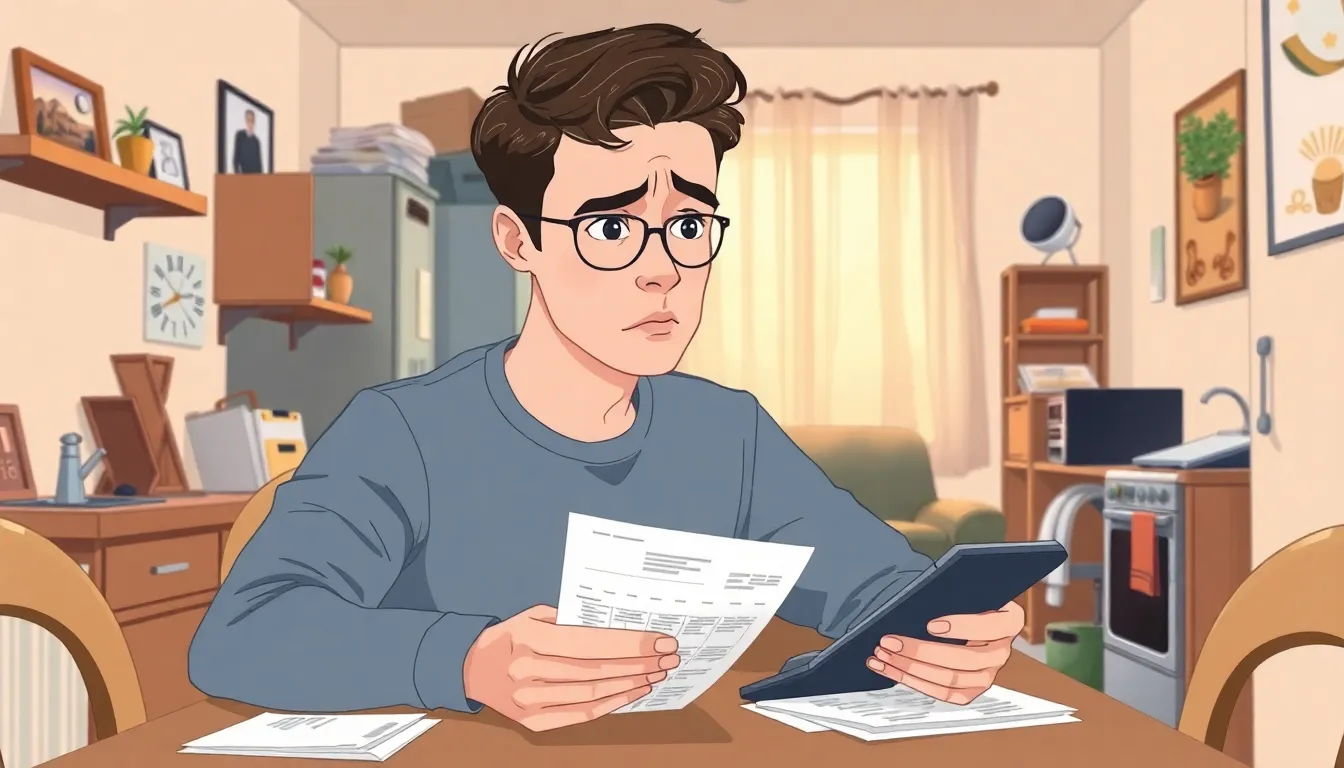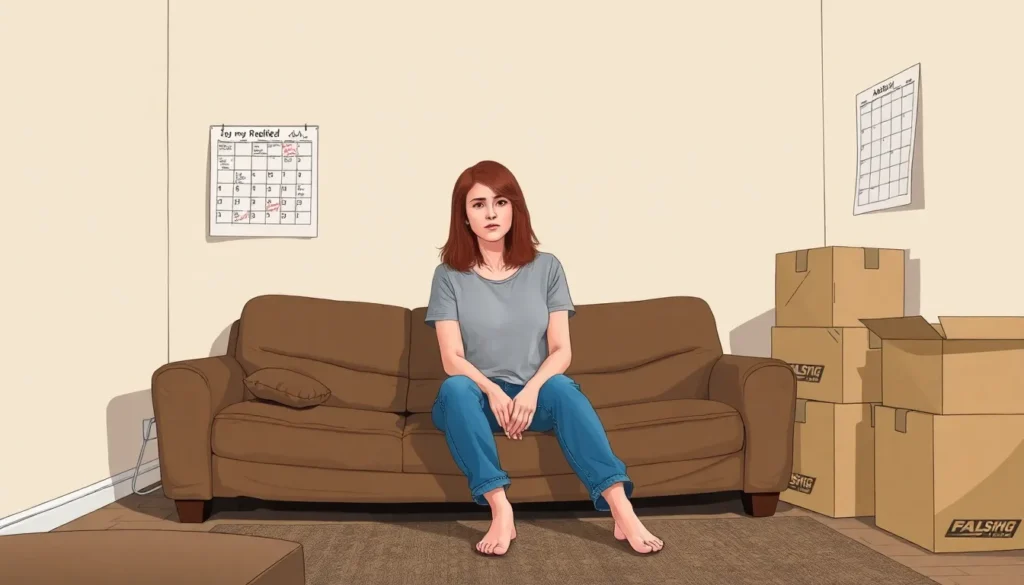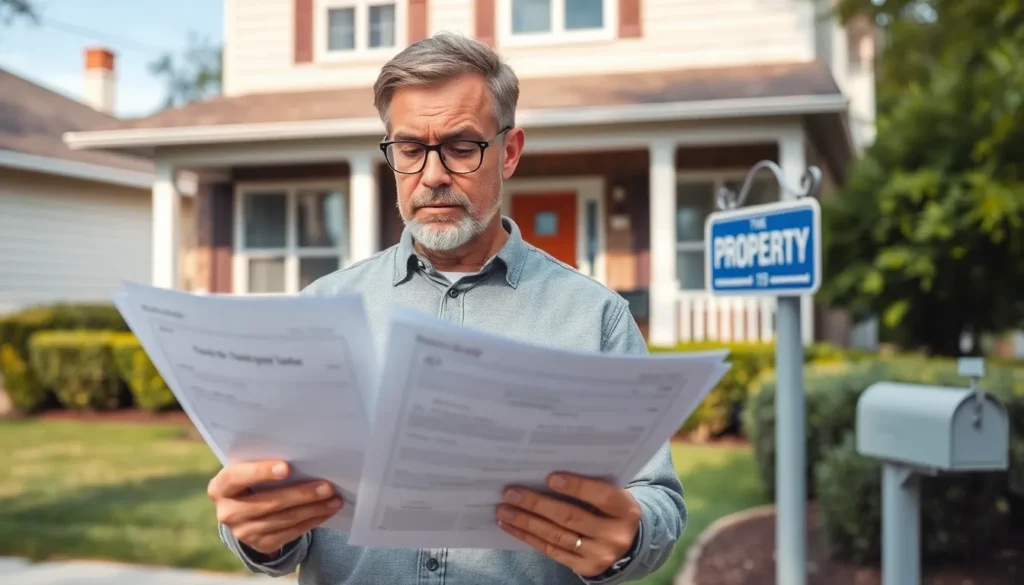Table of Contents
ToggleRenting an apartment often feels like a win-win situation—freedom from maintenance headaches and no long-term commitment. But hold your horses! Before you sign that lease, it’s wise to consider the downsides that might just make you rethink your decision.
From skyrocketing rent prices that could make your wallet weep to the dreaded landlord who treats your requests like a game of hide and seek, the cons of renting can be a real buzzkill. Plus, let’s not forget the lack of control over your living space—good luck painting those walls a vibrant shade of “I’m finally an adult!” when your lease says “no alterations.”
So, buckle up as we dive into the not-so-glamorous side of apartment renting, where the grass isn’t always greener, and sometimes it’s just a patch of weeds.
Overview of Renting
Renting an apartment presents various factors to consider. Rising rent prices often lead to financial strain, as monthly expenses can increase without notice. Unresponsive landlords become a common issue, leaving tenants frustrated when urgent repairs are necessary. Restrictions on personalizing the living space limit self-expression, which can make a rented apartment feel impersonal.
Monthly payments consume a significant portion of a tenant’s budget, which leaves little room for savings or investments. Leases typically bind renters, extending commitments that might not align with lifestyle changes. Moreover, the absence of equity growth distinguishes renting from homeownership, resulting in missed long-term financial benefits.
Pet policies frequently impact the decision to rent. Many apartments impose restrictions on pet ownership, which can be discouraging for animal lovers. Finding accommodating rental options for families can present challenges due to limited availability of suitable spaces.
Flexibility might seem advantageous in renting; however, frequent moves can disrupt personal and professional life, complicating relationships and routines. Tenants face the risk of eviction, particularly in competitive housing markets where landlords can favor stability over flexibility.
Additionally, maintaining a stable living situation becomes challenging in fluctuating market conditions. Though renting suits specific lifestyles, long-term stability often remains elusive. Evaluating all aspects highlights the reality of renting, bringing potential drawbacks to the forefront.
Financial Implications

Renting an apartment often entails significant financial considerations that can impact overall budgeting and stability. Monthly rent payments and unexpected maintenance costs rank among the primary concerns for tenants.
Monthly Rent Payments
Monthly rent payments typically consume a significant portion of a tenant’s income. According to the U.S. Department of Housing and Urban Development, individuals should ideally spend no more than 30% of their gross monthly income on housing. Exceeding this benchmark can strain finances and limit disposable income for essentials or savings. Variability in rental prices adds uncertainty, with annual increases in rent averaging between 3% to 5% in many urban areas. Many tenants face challenges securing housing that fits their budget, resulting in stress and limited options as they seek affordable accommodations.
Maintenance Costs
Renters may also encounter unexpected financial burdens due to maintenance costs. While landlords are largely responsible for property upkeep, tenants sometimes find themselves paying for minor repairs. For example, broken appliances or leaky faucets can lead to out-of-pocket expenses for residents. Additionally, some landlords may pass on maintenance fees through increased rent or service charges, processing these costs without transparency. Understanding these potential financial surprises can help renters better prepare for the realities of leasing.
Restrictions and Limitations
Restrictions often accompany rental living. Tenants frequently encounter challenges stemming from lease agreements and personalization constraints.
Lease Agreements
Lease agreements specify the terms of rental living. These legally binding contracts can include restrictions on pets, guests, and alterations to the property. Many leases contain clauses that can complicate a renter’s freedom, making it difficult to break the lease without penalties. Some landlords implement strict rules that limit subletting and make the process cumbersome. Duration of leases can also pose challenges; most rentals require commitments for at least one year, which might not align with a tenant’s changing circumstances. Tenants often find themselves locked into conditions that govern their lifestyle choices.
Personalization Challenges
Personalizing a rented apartment presents significant hurdles. Restrictions frequently prevent tenants from making cosmetic changes. Most landlords disallow painting walls or modifying fixtures, which can hinder a renter’s ability to create a comfortable environment. Specific requirements may dictate how a tenant can decorate, leaving little room for individual expression. The inability to truly make a space one’s own can lead to dissatisfaction. Additionally, temporary solutions may not adequately address the desire for personalization, resulting in less appealing living spaces.
Lack of Stability
Renting often leads to a lack of stability. Tenants may face unpredictable situations that directly affect their living conditions.
Lease Renewals
Lease renewals can extend or disrupt a renter’s sense of security. Most leases require commitment for one year, making it challenging to navigate personal circumstances. Renters might encounter sudden rent increases upon renewal, forcing them to reconsider their housing situation. Renewals could arrive with new terms that limit tenant rights or increase fees, adding stress. Many landlords hesitate to renew leases for tenants with pets or those who may have caused minor damages, creating uncertainty for renters. Consequently, security becomes compromised, prompting anxiety around relocating.
Market Fluctuations
Market fluctuations lead to unpredictable rental prices. Many urban areas experience annual increases between 3% to 5%, affecting budgeting. Increased demand can escalate prices, making previously affordable rentals unattainable. Additionally, economic shifts or housing crises can drastically change market dynamics, leaving tenants vulnerable. Unforeseen competition in rental markets often leads to bidding wars, further complicating the search for suitable housing. Frequent moves disrupt social connections, contributing to a sense of instability. Overall, fluctuation impacts both financial and emotional security for renters.
Social and Community Aspects
Renting an apartment can limit social connections and impact community involvement.
Neighbors and Noise
Living in close proximity to others can create noise issues. Tenants often experience disturbances from loud neighbors, which impacts relaxation and sleep. Maintaining a peaceful atmosphere while living in an apartment may prove challenging. Many apartments have thin walls that do not adequately insulate sound. As a result, common complaints arise about noisy parties or late-night activities. Consistent exposure to noise can foster stress and frustration, affecting overall quality of life. Engaging in discussions with neighbors may not resolve conflicts, leading to feelings of isolation.
Limited Social Integration
Renters often face barriers to forming lasting relationships. Short-term leases discourage strong community ties, as frequent moves reduce opportunities for socializing. Many apartment complexes host limited social events, making it tough to meet new people. A transient lifestyle creates difficulties for connecting with neighbors, leading to a sense of detachment. Building friendships becomes complicated when turnover rates are high. Renters might find themselves participating less in community activities, which further compounds the challenge of integration. Over time, limited interactions can lead to feelings of loneliness.
Renting an apartment presents various challenges that can significantly impact one’s lifestyle and finances. The rising costs of rent combined with the limitations imposed by lease agreements can lead to financial strain and a sense of instability. Tenants often find themselves in precarious situations with unresponsive landlords and restrictions on their living space.
Moreover the transient nature of renting can hinder social connections and community involvement. As individuals weigh the pros and cons of renting versus homeownership it’s crucial to consider these factors carefully. Understanding the potential downsides allows renters to make informed decisions that align with their long-term goals and personal circumstances.







